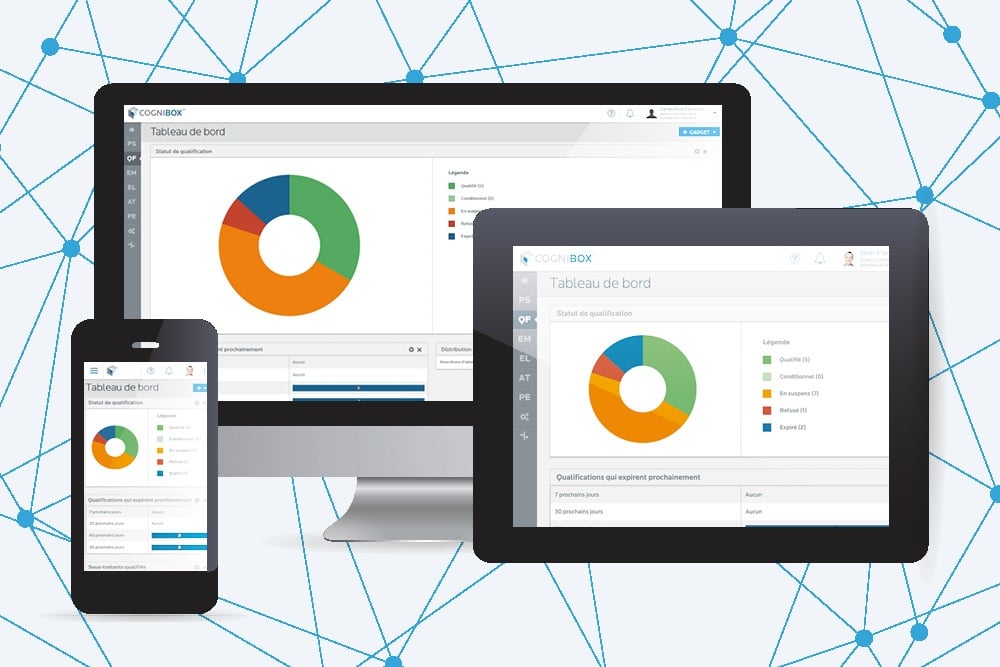When developing software, there are a multitude of elements to consider. One all important element is to ensure that your product provides for positive user experience on a mobile device.
According to StatCounter, mobile devices (telephones or tablets) accounted for 59% of Internet use in July 2017. Just two years earlier in July 2015, the figure stood at 43%, representing a substantial 16% increase in market share is a short space of time. Mobile device support is therefore no longer an option, but rather a matter of survival!
This having been said, there are a number of different ways of supporting mobile Internet use. At Cognibox, we have opted to develop a responsive Web application rather than taking the route of a native mobile application.
What is the difference?
To be able to compare the pros and cons of responsive Web applications versus native mobile applications, we must understand clearly the difference between the two.
A Web application, responsive or not, is an application accessible via a Web browser. Also referred to as ‘responsive Web design’, a Web application is deemed ‘responsive’ if format and operation readily adapt to the device used for browsing.
A native mobile application does not display using a browser. Users must download and install native mobile applications through online outlets such as the Apple App Store for Apple devices or Google Play for Android devices.
Benefits of Responsive Web Applications
Instant access for new users
One of the primary benefits of a Web application lies in its immediate accessibility to anyone with a Web browser and Internet connection. No installation is required.
For us, this benefit bears considerable weight since the majority of our contractor users are invited to use the application to comply with the requirements of clients and hiring organizations having chosen Cognibox for contractor management. This invitation often constitutes their first contact with our software, hence the importance of making access as easy as possible.
Simple, efficient updates
At Cognibox, we are continuously enhancing our software suite based on client ideas and suggestions. The suite is therefore in a constant state of flux given the priority importance that we attach to providing a product consistent with client expectations.
When we release enhancements, we aim to ensure that our clients enjoy all related benefits immediately.
As our responsive system architecture forces product updates, new functionalities become instantly available without any risk of data loss for user operations in progress. Conversely, in the case of native mobile applications, users must first update these applications on their devices before being able to enjoy access to the most recent enhancements.
More sustained pace of product development
The term ‘native mobile application’ masks one of the primary drawbacks associated with this approach. More often than not, development teams must maintain several highly similar native applications to support different client devices. Developing a product for Apple and developing a product for Android are two completely different realities. The result: considerably lengthier development time and slower-paced release of new modules and functionalities.
Looking ahead: Native mobile application possible for some users
The foregoing does not mean that Cognibox will never one day consider developing a native mobile application. The two approaches are not mutually exclusive. Some projects on our radar would stand to benefit from the more direct use of physical components of mobile devices or their system of native notifications. It is therefore probable, in the future, that such an application will be developed to provide for certain target functionalities.
There exist no clearcut answers for choosing between a responsible Web application and native mobile application. All really depends on the product, the business model and the corporate culture of the organization responsible for maintaining the product in question. At Cognibox, we have opted to prioritize simplified user experience and faster product development.





